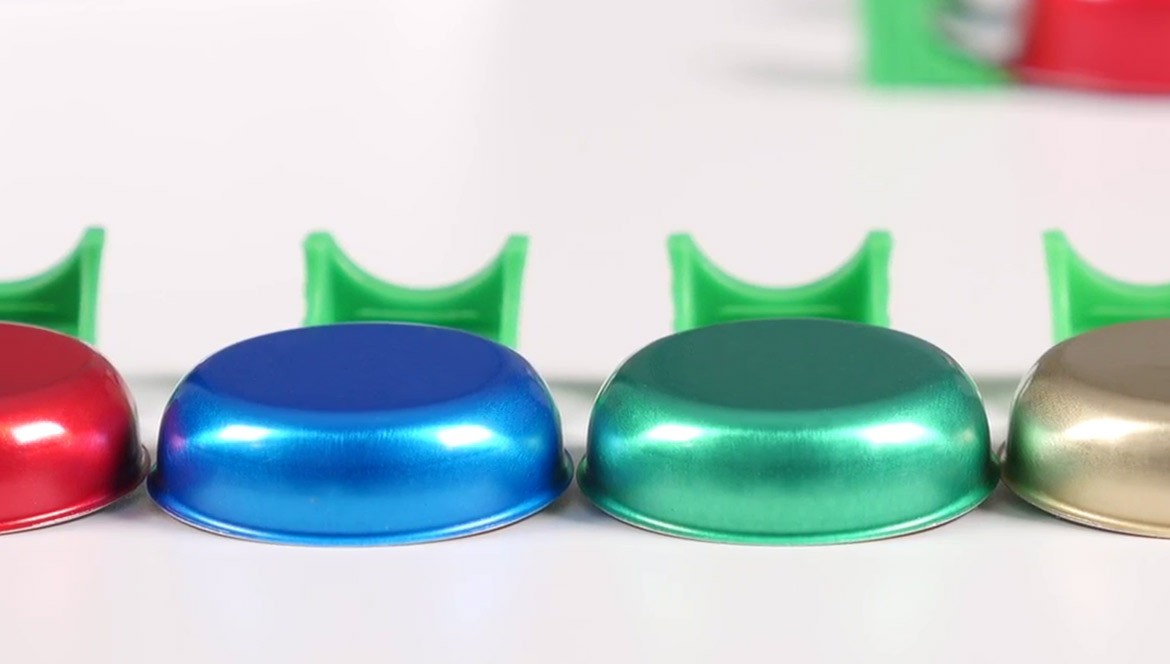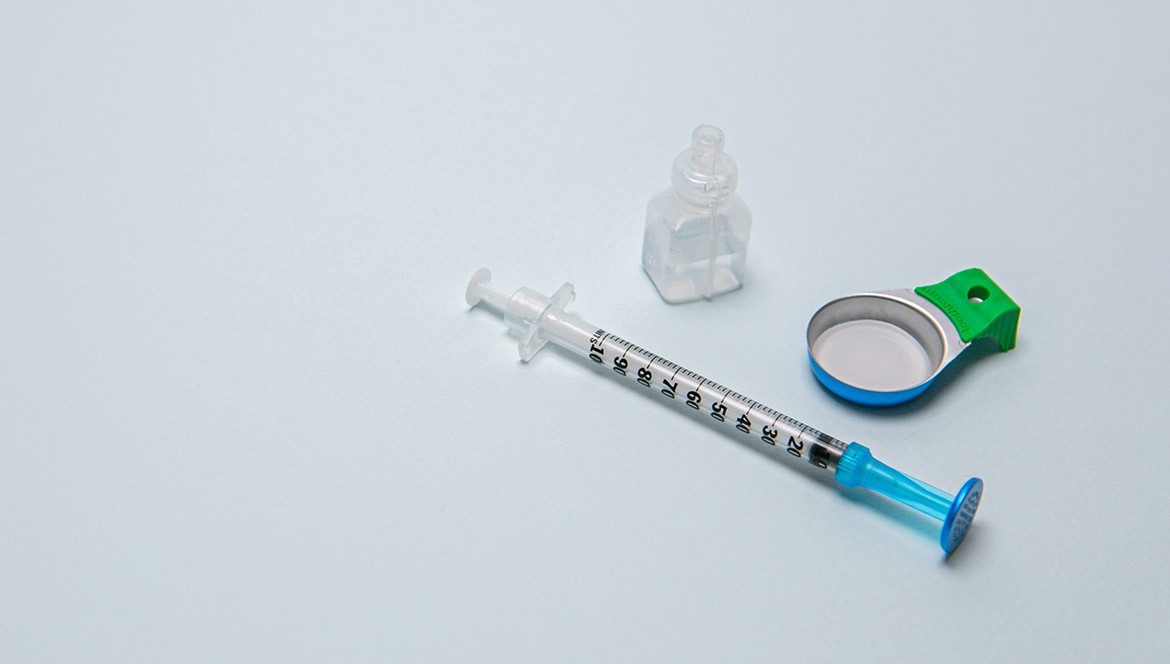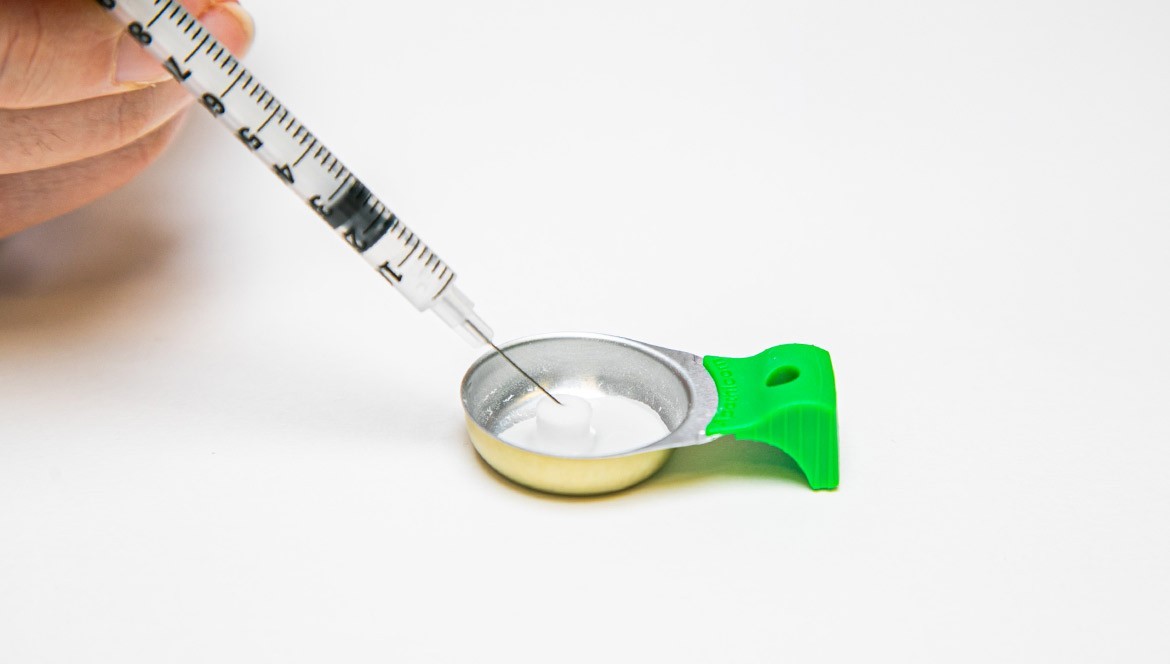Safer injecting: the essential paraphernalia
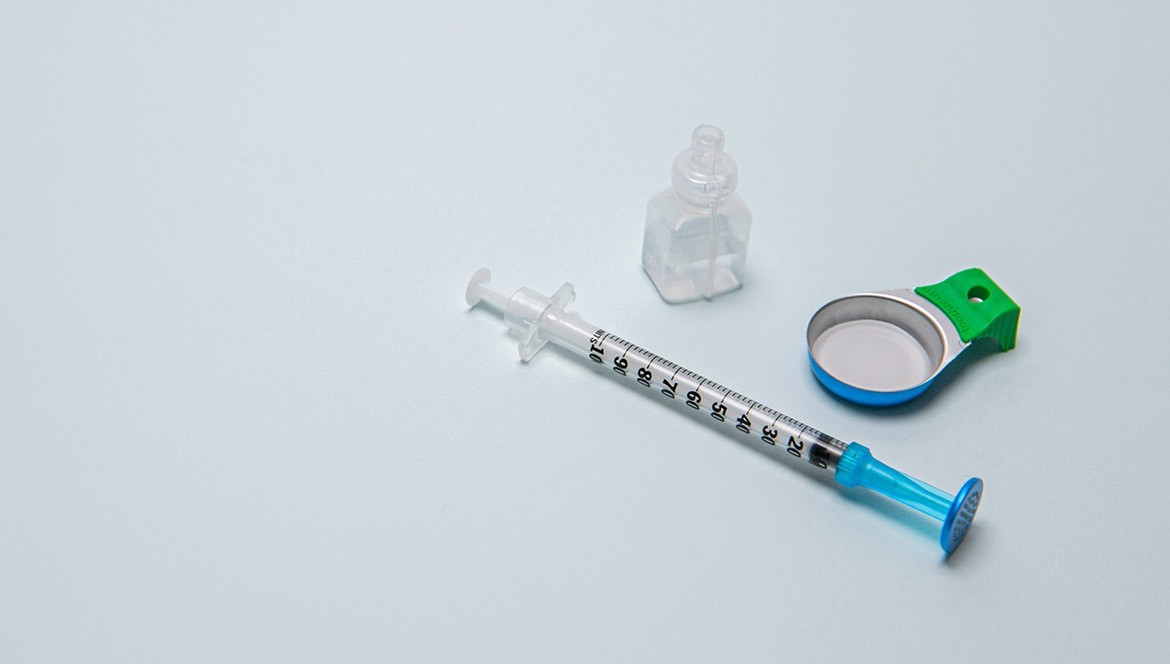
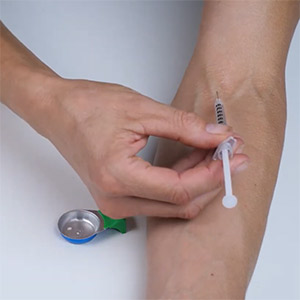
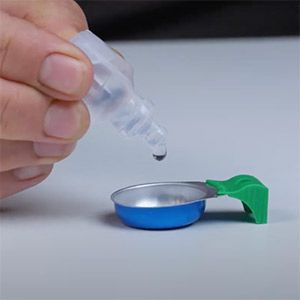
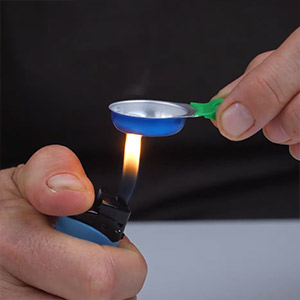
Filters
Filtering substances before injecting can prevent certain complications caused by insoluble particles such as talc or starch.
These particles come from:
- cutting agents added to street drugs
- excipients contained in pharmaceutical drugs
Insoluble particles get blocked in small blood vessels, especially in the lungs. They also cause vein damage and other complications.
In the absence of dedicated filters, people who inject drugs use cigarette filters or pieces of cotton, which are not sterile and must be handled with fingers or mouth before being used. This may lead to
infections in addition to not being effective against particles.
Several types of filter have been designed for harm reduction.
Filtration does not alter the effect of the substance injected.
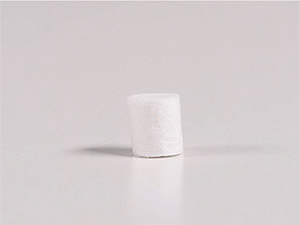
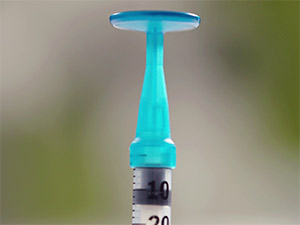
Key points to keep in mind
In addition to using harm reduction supplies, other measures are essential to reduce risks of infection:
Hands
Disinfecting hands before each injection, preferably with hydroalcoholic gel.
Injection site
Disinfecting the injection site with an alcohol swab.
No sharing
Of the syringe and injection supplies, the only way to prevent viral transmission.

